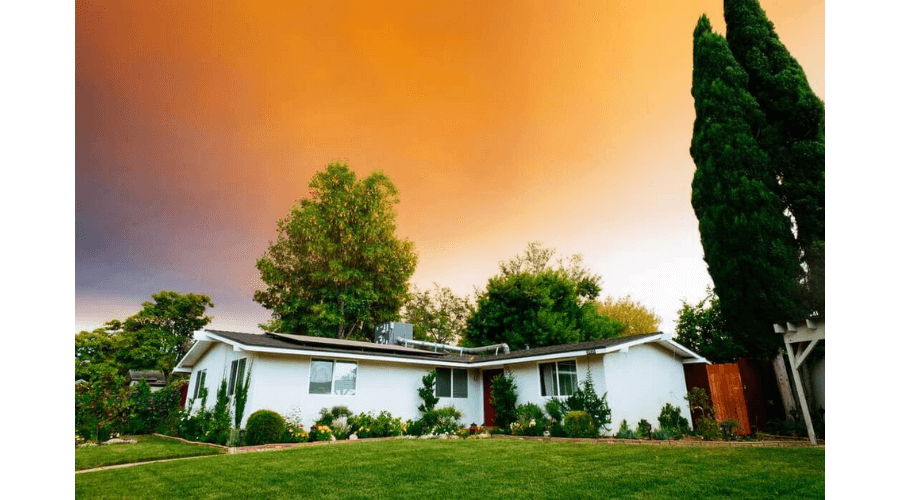Property Investment Advice & Tips for Beginners
Starting the property investment journey to achieve a passive income may seem intimidating, especially without any prior property investment education. While there is a range of professionals out there, developing your investment education is invaluable for the process.
But in starting this property investment training, a list of burning questions will quickly begin to build. Here are some answers to a few of the most popular questions asked by beginners like yourself and some property investment tips that can help get you started.
What is an easy way to understand all the data for a particular suburb?
When providing investment property advice, this is a question that comes up quite often.
Unfortunately, there is no simple way to understand or acquire all the available data for a particular suburb. No one website or program can analyse all the data and determine whether a suburb is or isn’t the right spot to invest.
There are 30-35 data points, quantitative and qualitative, from various sources that need to be analysed. It is then about understanding this raw data, taking those factors, understanding their trends and the relative weightings of the factors. There is no perfect formula or algorithm that will provide a quick and easy answer. You’ve got to understand and analyse the data!
How do I get started?
Many beginner investment property tips may actually overlook the simple question: ‘How do I start investing in property?’
Every investor should start with a portfolio strategy. This means knowing what your passive income target is and how long you need to achieve it. Having a portfolio strategy is also about knowing what is necessary to achieve this target by forming answers to the following questions:
- How many properties are needed to reach this target?
- What needs to be their respective value on purchase and afterwards?
- What the yield of those properties needs to be?
- What is the sequence/timing of purchasing these properties?
How do I start investing in property with equity only (e.g. paid off home loan)?
The first step is going to an investment-savvy mortgage broker and having the conversation to find out how much equity is available to you. It’s a common misconception that you can access all of it just because you have a certain amount of equity.
Once you confirm with the mortgage broker that you can access a certain amount of equity, you are in the position to use this for investment purposes. That money is now yours and it becomes just a matter of commencing the investment process (starting with a portfolio strategy).
What is necessary for a starting deposit?
Another excellent starting point in your real estate investing education is knowing how much you need for a deposit. The starting point for a deposit can be between $30,000-$40,000. While parts of Australia will require more, there are select pockets where this amount will be enough to get started. Remember, this cost will escalate if you intend to build.
Is there any way of cutting stamp duty costs?
Stamp duty is paid when there is a transfer of an asset from one person to another. There are ways to minimise this cost, including stamp duty concessions that can be applied if you meet specific criteria. For example, some states offer a reduced rate if you are a first-home buyer, and the house cost fits within a certain price bracket.
There is also the option of buying a block of land and then building a home, which means you only have to pay stamp duty on the land. However, when offering investment property advice, we are always cautious about recommending building or buying a new home versus an established home. Relying on building new to avoid stamp duty can often mean sacrificing significant capital growth.
Should you buy new or old?
With capital growth, it’s important to remember that the building itself depreciates while the land appreciates. This is because it is the land that is scarce. To break this down, let’s say an established house costs the same as a new home and land package.
With a new house, more of this cost will have been spent on the building itself, as it is new, with the land being of less value. In the established home, you are more likely paying less for the older building and more for the land. As the land is worth more in the established home, and this land is appreciating, this option will most likely result in more capital growth.
How do I find suburbs in other states that are cash flow positive and have capital growth potential?
First, put together a list of every single suburb across Australia and their respective yield. Of the 15,000 suburbs, only 3,000 have enough data to be statistically reliable due to the volume of stock on the market, listings, and sales.
Then, take from this list the properties with a yield above 5-5.5%, indicating it will be a positive cash flow property after maintenance and expenses. Apply those 30-35 quantitative and qualitative factors to this narrowed list to find the properties that indicate positive capital growth.
A final tip…
Even if you are brand new to property investment, it is still worth thinking about the future. You may not currently know how to subdivide/split property or any of the other more advanced property investment strategies.
But even if you don’t have that level of real estate investment training now, it is still worth considering in your current strategy, as you may have the confidence, skills, and experience to look at these options 5-10 years down the line.
PREVIOUS
6 Mistakes That You Must Avoid while considering...

 PK Gupta
PK Gupta






